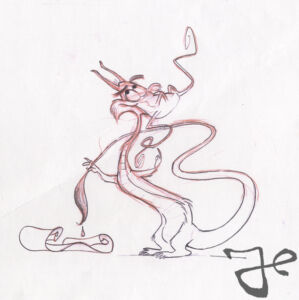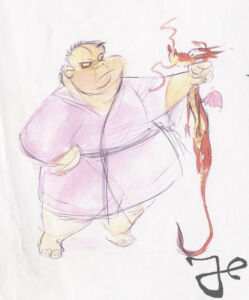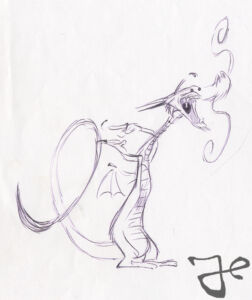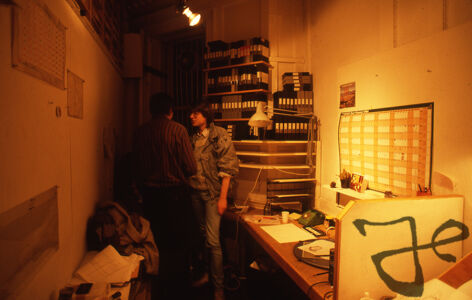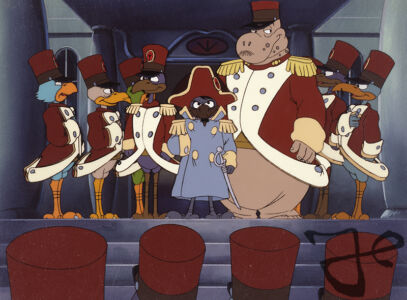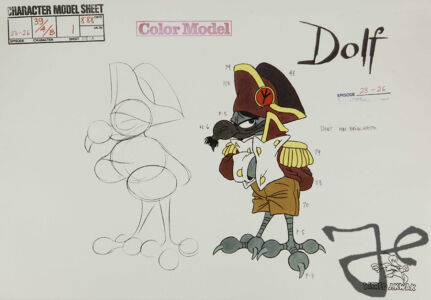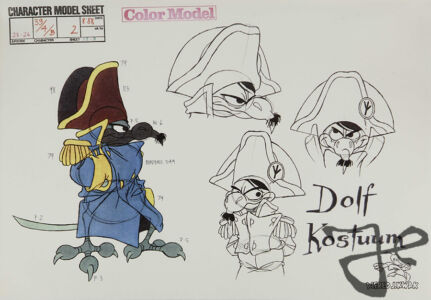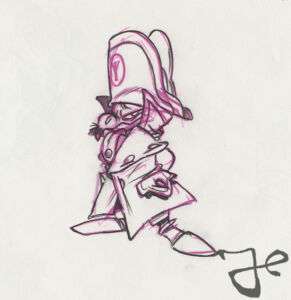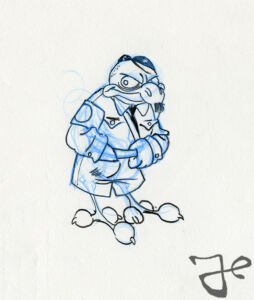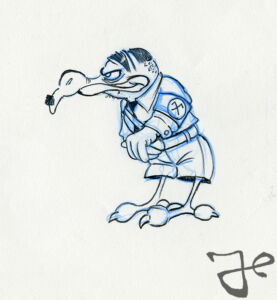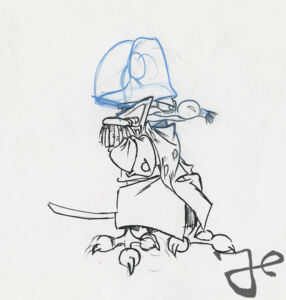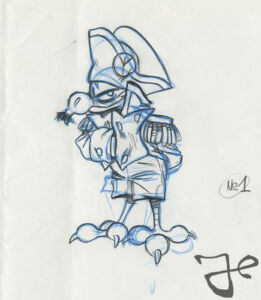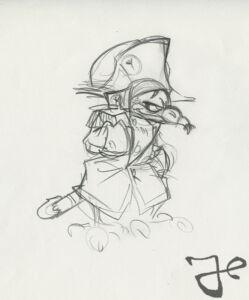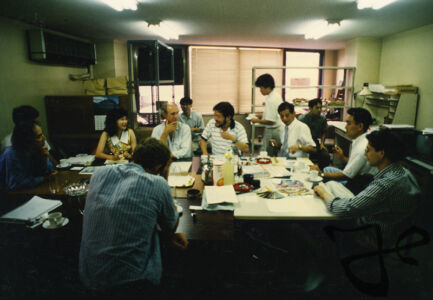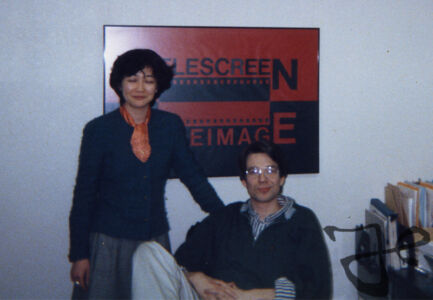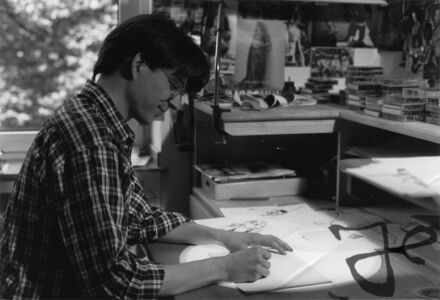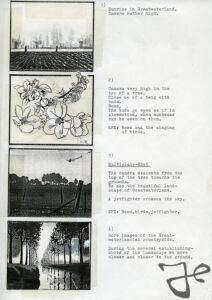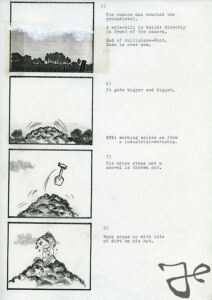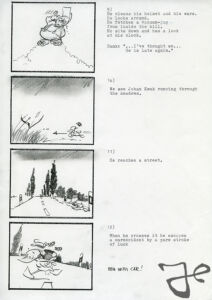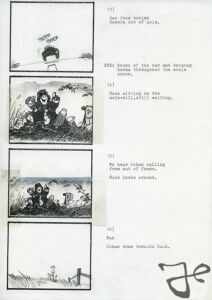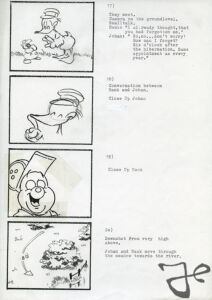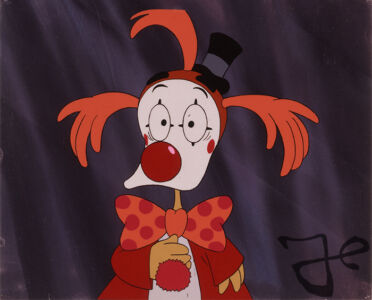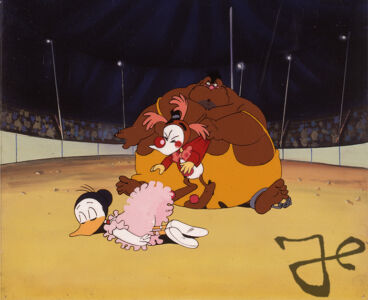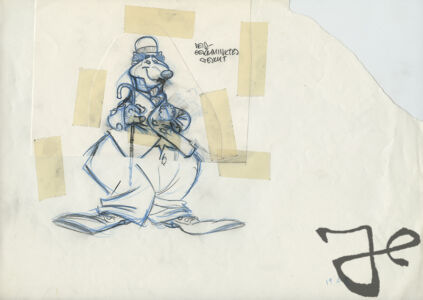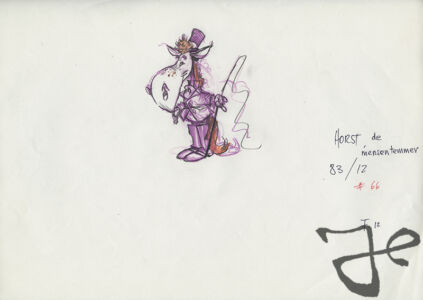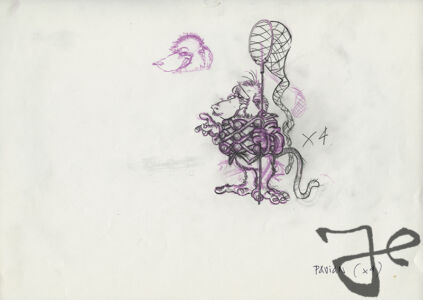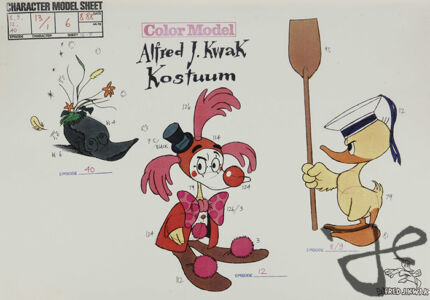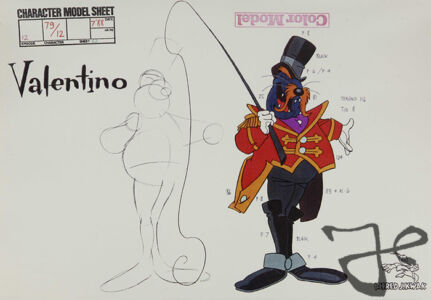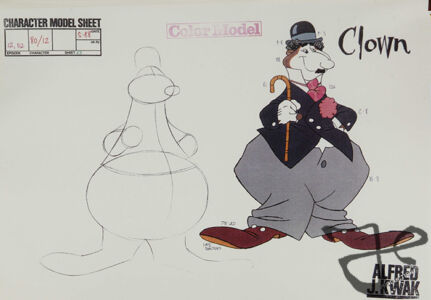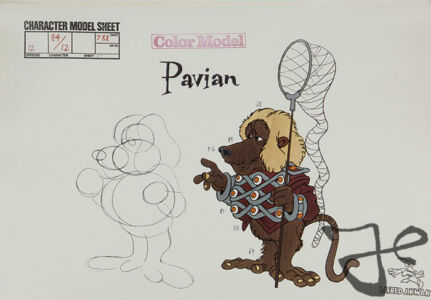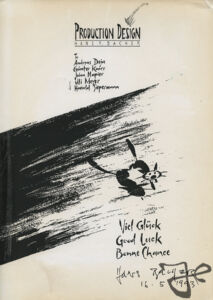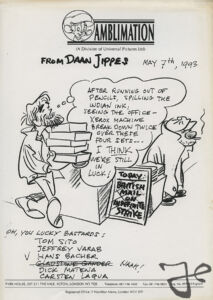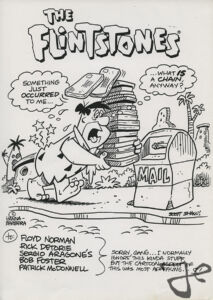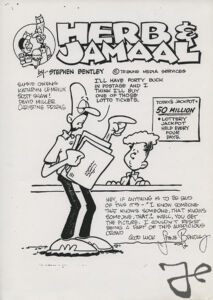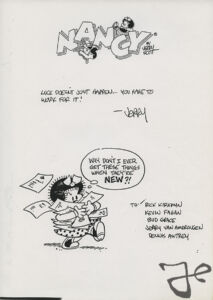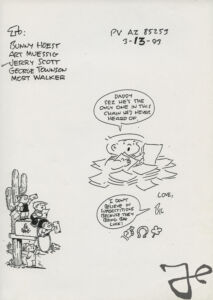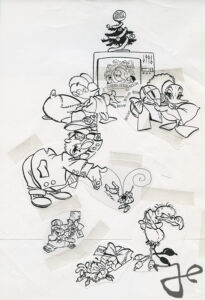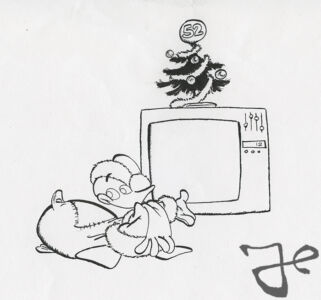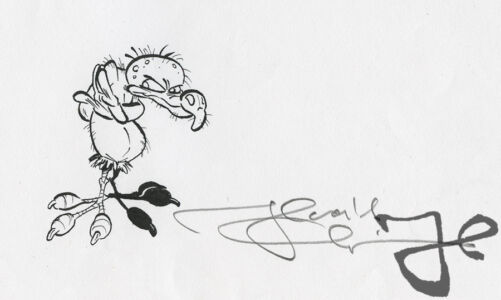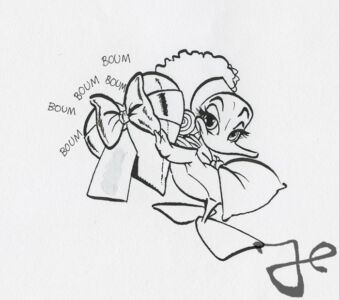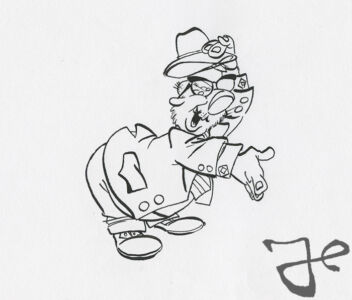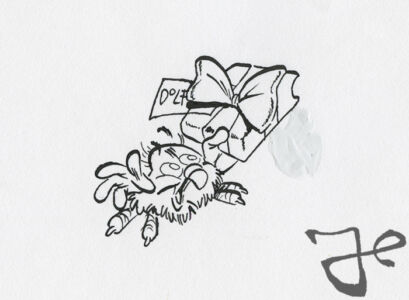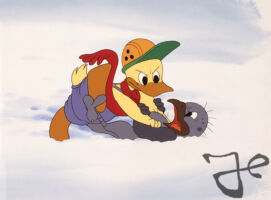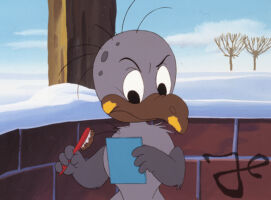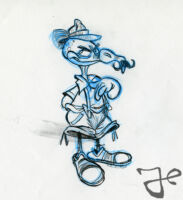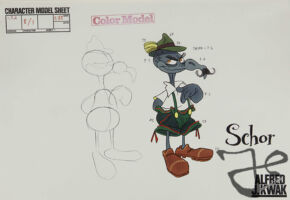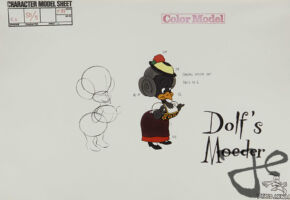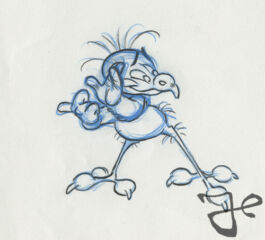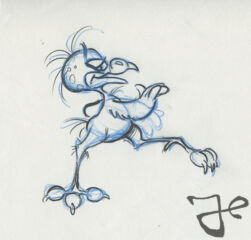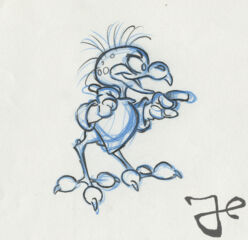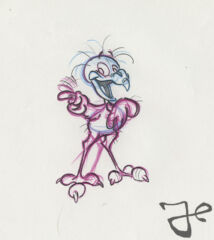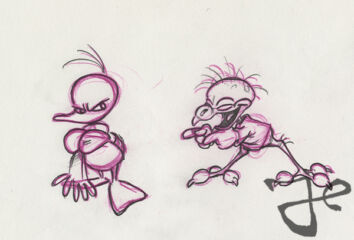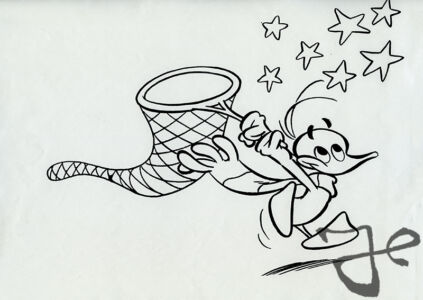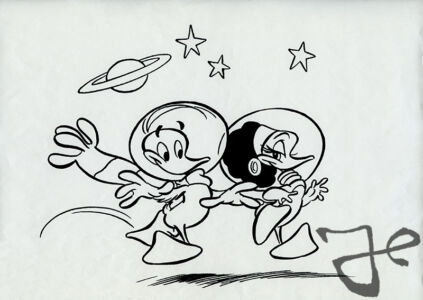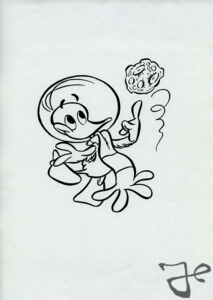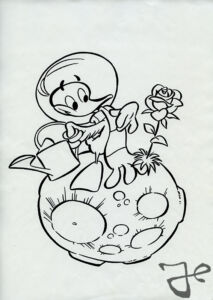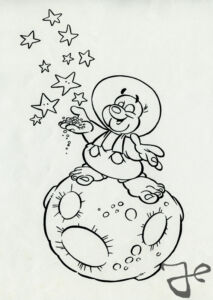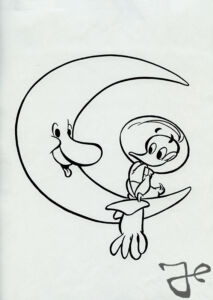Throughout Harald Siepermann’s involvement on Brother Bear he received various recourse material from the Walt Disney studio to get inspiration for specific characters and to stay up-to-date with the overall development of the project.
Among this material was the impressive work of Terryl Whitlach, who created a comprehensive anatomy study of bears and other wildlife animals from North America.

Harald’s reference material also included various work by Hans Bacher. It’s nice that Hans and Harald crossed paths again on Brother Bear. Hans has always been an important force in Harald’s career. When Harald was a student at the Folkwang University, Hans Bacher was his teacher in Comic and Strip illustration. He saw Harald’s extraordinary talent and pushed him forward in his development as an artist. Harald also joined the Mad T Party studio that they formed on Hans Bacher’s initiative. Through this studio Bacher maintained good contact with Richard Williams, which landed Hans and Harald a job on the Walt Disney / Steven Spielberg production Who Framed Roger Rabbit. Furthermore Bacher was an important force with the development of Alfred J. Kwak, he invited Harald on the project Balto from Steven Spielberg’s Amblimation studio, and he brought Harald to Walt Disney to create character design on Mulan.
On Brother Bear they spent a week together in March 1999 at the studio in Florida exploring design possibilities for the project. And just like when they worked on Who Framed Roger Rabbit and Alfred J. Kwak, there emerged a great working atmosphere and the drawings went back and forth, and at the end of the day there was a huge pile of drawings with endless visual possibilities.
Hans Bacher showed his wide range of talent and sense for the project. He created a series or background impressions that depicted the mood and color variation of North America.

He created an impressive document with Design Notes, that was filled with a wide possibilities of interesting compositions through camera angels, light/shadow contrast, unique moving patterns, various size relation between characters, open spaces, and much more.

Also collected Bacher a wide range of reference material that worked perfectly for the setting that Brother Bear was aiming for.

Harald Siepermann’s Brother Bear reference also contained a series of visual development designs by Ruben Aquino and Franc Reyes, and story sketches for various sequences in the movie, among them of Kenai hunting on a bear.








